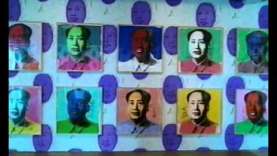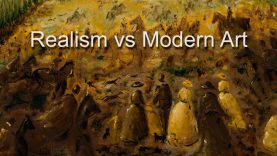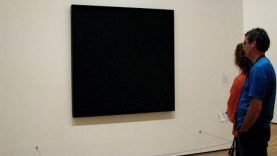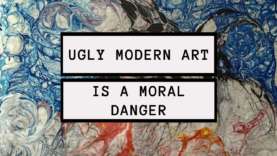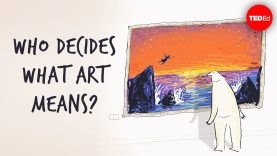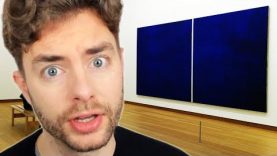A New Way to Think About Beauty in Art
Mastering Cinematic Lighting: A Lesson for Artists
In the world of filmmaking, the role of lighting is often underestimated. However, renowned cinematographer and lighting artist Jeremy Vickery, in his captivating discussion on cinematic lighting, unveils the mesmerizing artistry and purpose behind lighting in films. What’s intriguing is how these cinematic lighting principles can be applied to the world of painting and drawing, where light plays an equally crucial role in creating stunning artworks and illustrations.
The Power of Lighting in Art
Just as lighting sets the mood and guides the viewer’s emotions in movies, it holds the same power in artworks. In a painting, the direction and intensity of light can convey different emotions or narratives. Consider the warmth of a sunset casting long shadows in a landscape painting, or the dramatic interplay of light and shadow in a portrait. These choices aren’t random; they’re deliberate artistic decisions akin to a cinematographer crafting a film scene.
Color Complexity in Simplicity
Vickery’s exploration of color complexity in cinematic lighting reveals a fascinating concept for artists. Even in seemingly simple lighting setups, there’s a hidden spectrum of colors at play. Just like in a film, where white light transitions to desaturated cyan and then to blues, artists can use this understanding to bring depth and vibrancy to their illustrations. It’s the interplay of colors that adds layers of meaning to your artwork.
The Art of Focal Points
One of the key takeaways from Vickery’s discussion is the concept of focal points. In filmmaking, these are carefully orchestrated to guide the viewer’s attention. Similarly, in artwork and illustrations, artists must create focal points to direct the viewer’s gaze. This can be achieved through contrasts in lighting, where the brightest areas become the focal points. By controlling the lighting, you control where the viewer’s eyes land.
Creating Atmosphere Through Lighting
In movies, lighting is often used to set the atmosphere. Whether it’s a cozy, warmly lit interior or the eerie glow of moonlight on a dark street, lighting defines the world the characters inhabit. Artists can learn from this by using lighting to set the mood in their illustrations. The choice between warm, inviting lighting and cool, mysterious shadows can completely transform the narrative of your artwork.
Depth and Realism
Finally, depth of field and depth perception play a critical role in both cinema and artwork. In film, depth of field is used to focus the viewer’s attention on specific elements while blurring others. In art, this can be achieved through techniques such as linear perspective and atmospheric perspective. Understanding how lighting affects depth perception allows artists to create more realistic and immersive illustrations.
In conclusion, Jeremy Vickery’s exploration of cinematic lighting offers a valuable lesson for artists. Lighting isn’t just about visibility; it’s a powerful storytelling tool that can evoke emotions, direct attention, and add depth to your artwork and illustrations. By mastering the art of lighting, artists can elevate their creations to new cinematic heights.
Beauty is often seen as ethereal and something magical and undefined, but in this video I break down 7 ways that light can be used to more clearly define an image to be more appealing.




